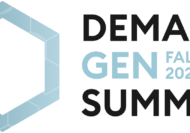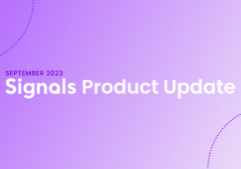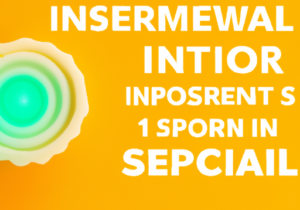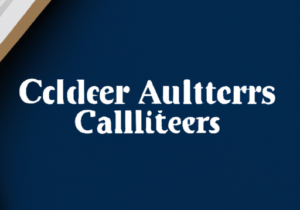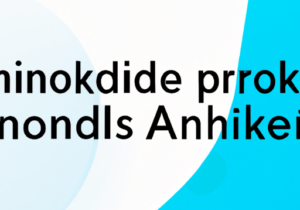Landing pages are a great opportunity to engage potential customers in conversations. You can implement a bot that triggers in the bottom, right-hand corner of the screen. You could also have a conversational landing page with content on the left. This is usually in the form of a PDF document with a column for the bot conversation on the right. We recommend the conversational landing page because it gives the bot more emphasis and is less likely to be dismissed.

In a recent experiment, we compared the effectiveness of two conversational landing pages. We found that one page outperformed the other by 100% for engagement rate. (Conversation count divided by number of bot serves, also referred to as bot fires).

Using observations of the bots, we identified three tips to creating better landing pages in order to start more conversations.
Three Tips to Achieving a Higher Engagement Rate
1. Look Through Your Site Visitor’s Eyes
Review the content as it appears for site visitors on the webpage. Do you know what website designers and marketers refer to as “the fold?” It’s what is visible within the computer window when the page first loads. Determine what the site visitor sees without scrolling and adjust the content accordingly.
On Bot A, which had a lower engagement rate, the key value proposition was clearly identified on the pdf version of the landing page content. However, when the content was uploaded to the landing page the key value proposition was located below the fold. We recommend that you display the most important offers or information right when the page first loads. Additional information that is useful or supporting, but not critical, can be placed below the fold. This way the site visitor can view it when he or she decides to scroll down.
2. Give a Seamless Experience
Format the content and the landing page to match your website’s brand, so the site visitor’s experience as he or she is redirected to the landing page is continuous rather than jarring. If the viewer is redirected from an email or from an online advertisement, make sure the voice and tone of the copy, the colors used, the images, and the offer all coincide on the two platforms. Making the content easily digestible is also helpful for conveying your message. You can accomplish this by shortening or breaking up blocky text blocks that intimidate viewers from reading.
3. Set Clear Expectations
At the beginning of the bot, set clear expectations as far as what the bot is going to ask of the site visitor and also the value the site visitor will receive by starting a conversation with the bot. On Bot B which had a higher engagement rate, the opening message states “If you answer our five survey questions…” which sets the exact number of questions the site visitor will be expected to answer. We recommend bolding the number of questions, since that was a contributor to Bot B capturing a greater engagement rate than Bot A which merely said: “a few questions” (unbolded). The sentence of Bot B’s opening message continues “…we’ll even email you a $50 Amazon gift card for your help!”
In this situation, the company was able to set an exact value for the reward the site visitor will receive; however, the offer could be a personalized demo, access to bonus content, signing up for an exclusive webinar, etc. Whatever it is, make your offer enticing and present it to your site visitor with clear wording and expectations.
Bonus tip:
Review your landing page frequently. When reviewing, check for marketing updates and errors that might only be noticeable after time away from the project. On Bot A, the landing page mentioned dates that had already passed, which may have dissuaded participation as site visitors assumed they had missed the deadline for the campaign.
Starting conversations with site visitors is a great way to compel leads down the sales funnel, increase awareness about your company, gather useful information, and create interesting experiences. A bot combined with a landing page can accomplish more than either tactic on its own. Furthermore, following our three tips to achieving a higher engagement rate will help you make a positive impression on a greater number of site visitors.
READ MORE
Start seeing your Buyers' signals
Signals is helping companies automate, grow, and close sales pipeline with industry-leading predictive intent scoring, lead generation, and real-time engagement.








